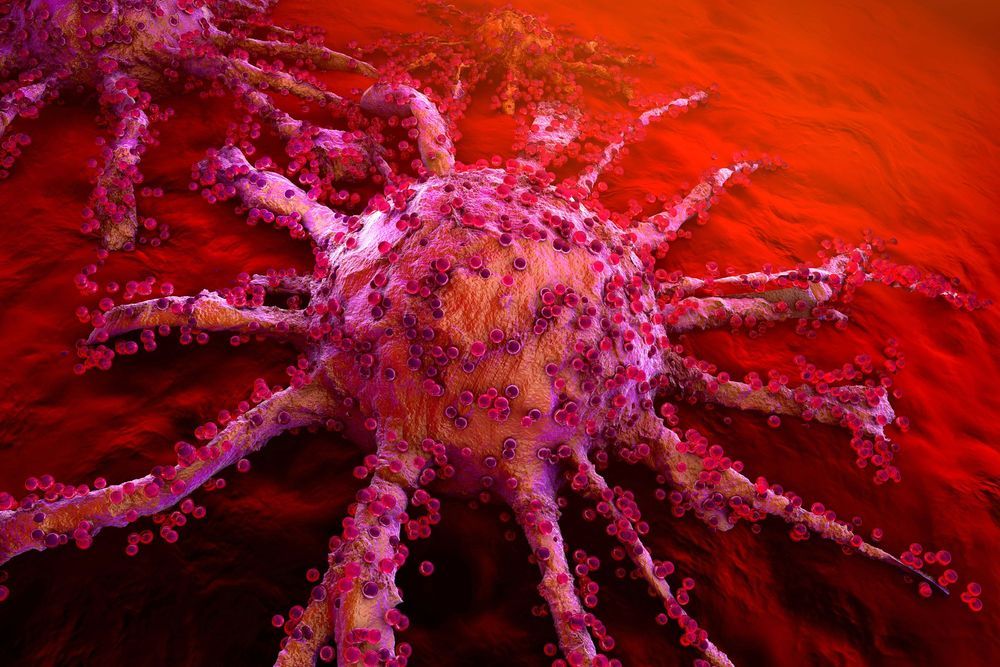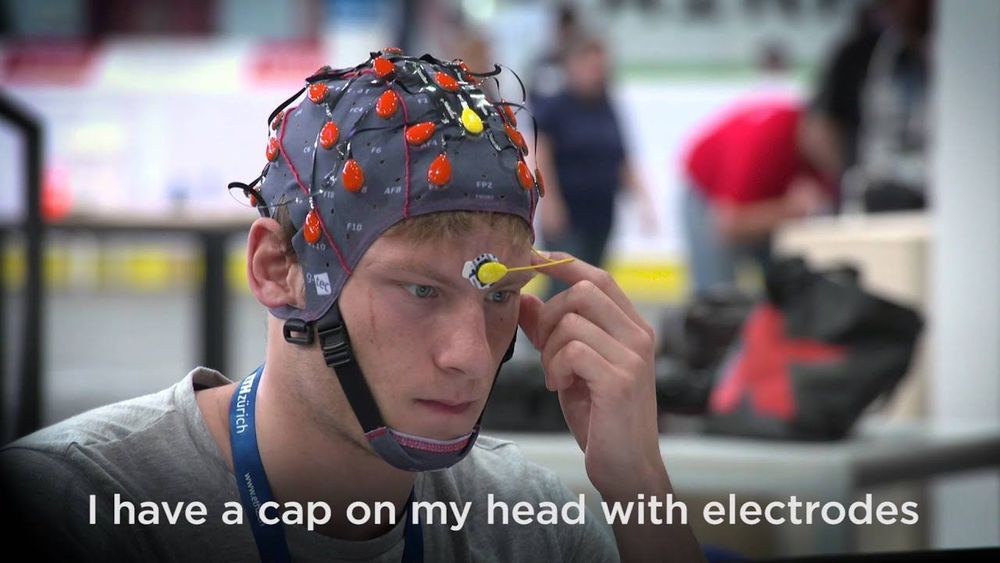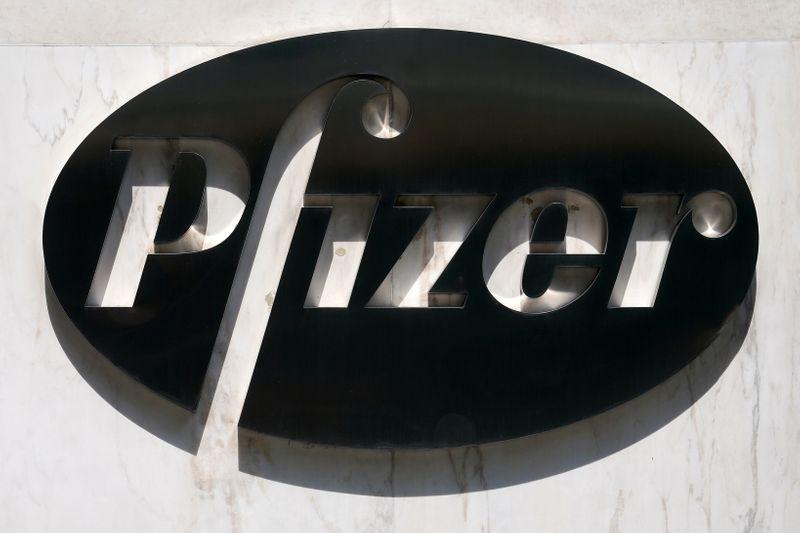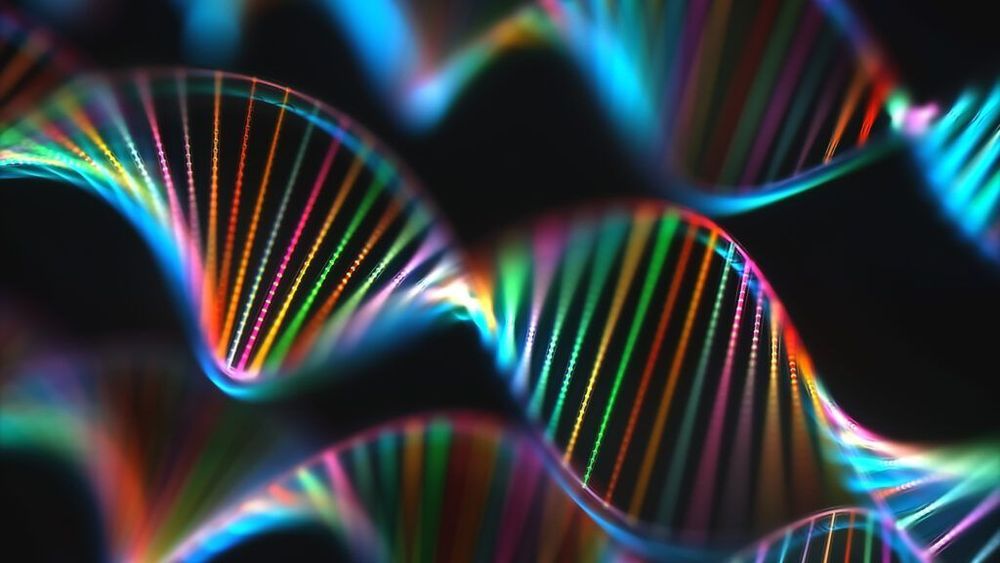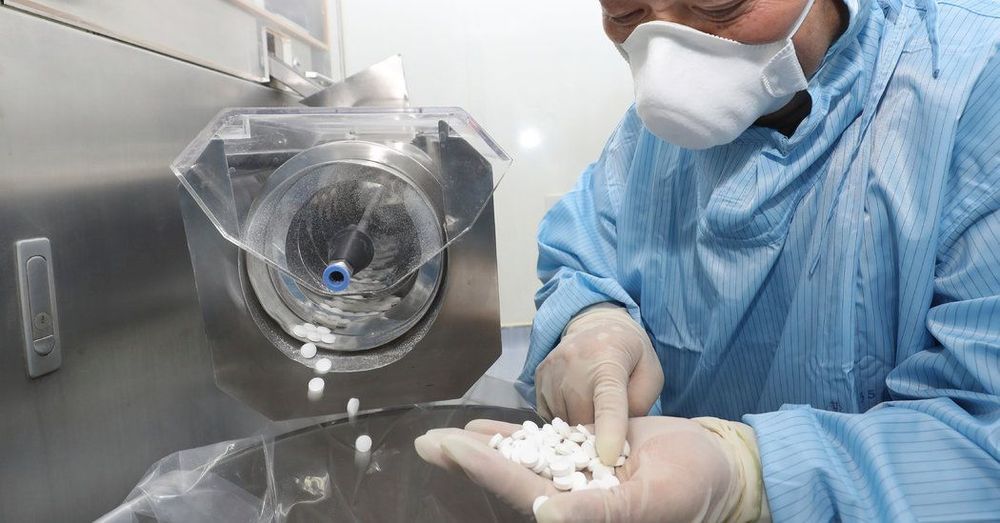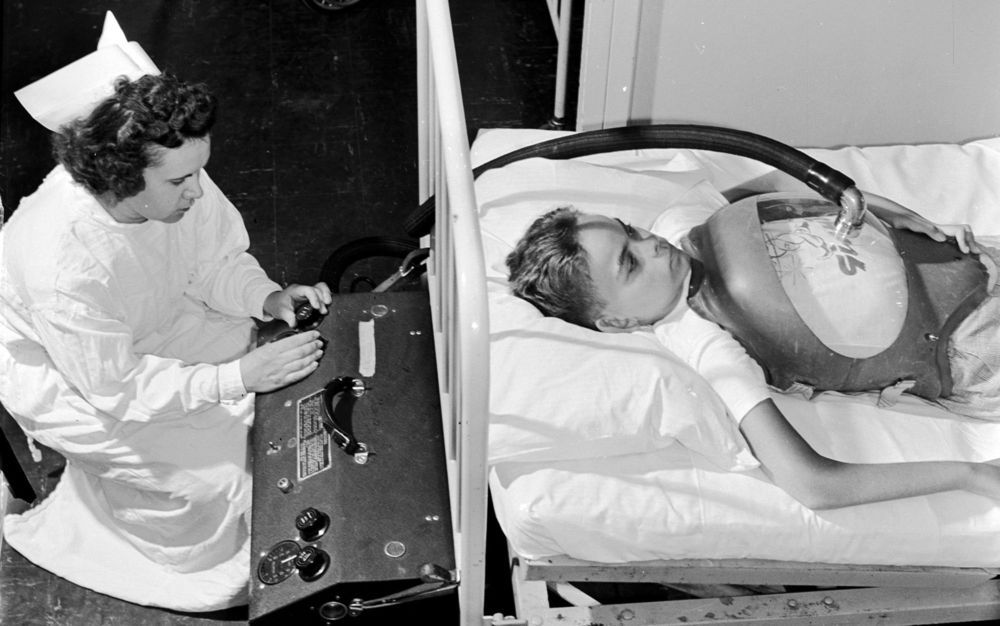Sep 15, 2020
Growing gold nanoparticles inside tumors can help kill cancer
Posted by Jose Ruben Rodriguez Fuentes in categories: biotech/medical, nanotechnology
Gold isn’t just a pretty face – it’s shown promise in fighting cancer in many studies. Now researchers have found a way to grow gold nanoparticles directly inside cancer cells within 30 minutes, which can help with imaging and even be heated up to kill the tumors.
Gold isn’t just a pretty face – it’s shown promise in fighting cancer in many studies. Now researchers have found a way to grow gold nanoparticles directly inside cancer cells within 30 minutes, which can help with imaging and even be heated up to kill the tumors.
In previous work, gold nanostars, nanotubes and other nanoparticle structures have been sent into battle against cancer, but one of the main hurdles is getting the stuff inside the tumors. Sometimes they’re equipped with peptides that hunt down cancer, while others sneak in attached to white blood cells.
Continue reading “Growing gold nanoparticles inside tumors can help kill cancer” »
